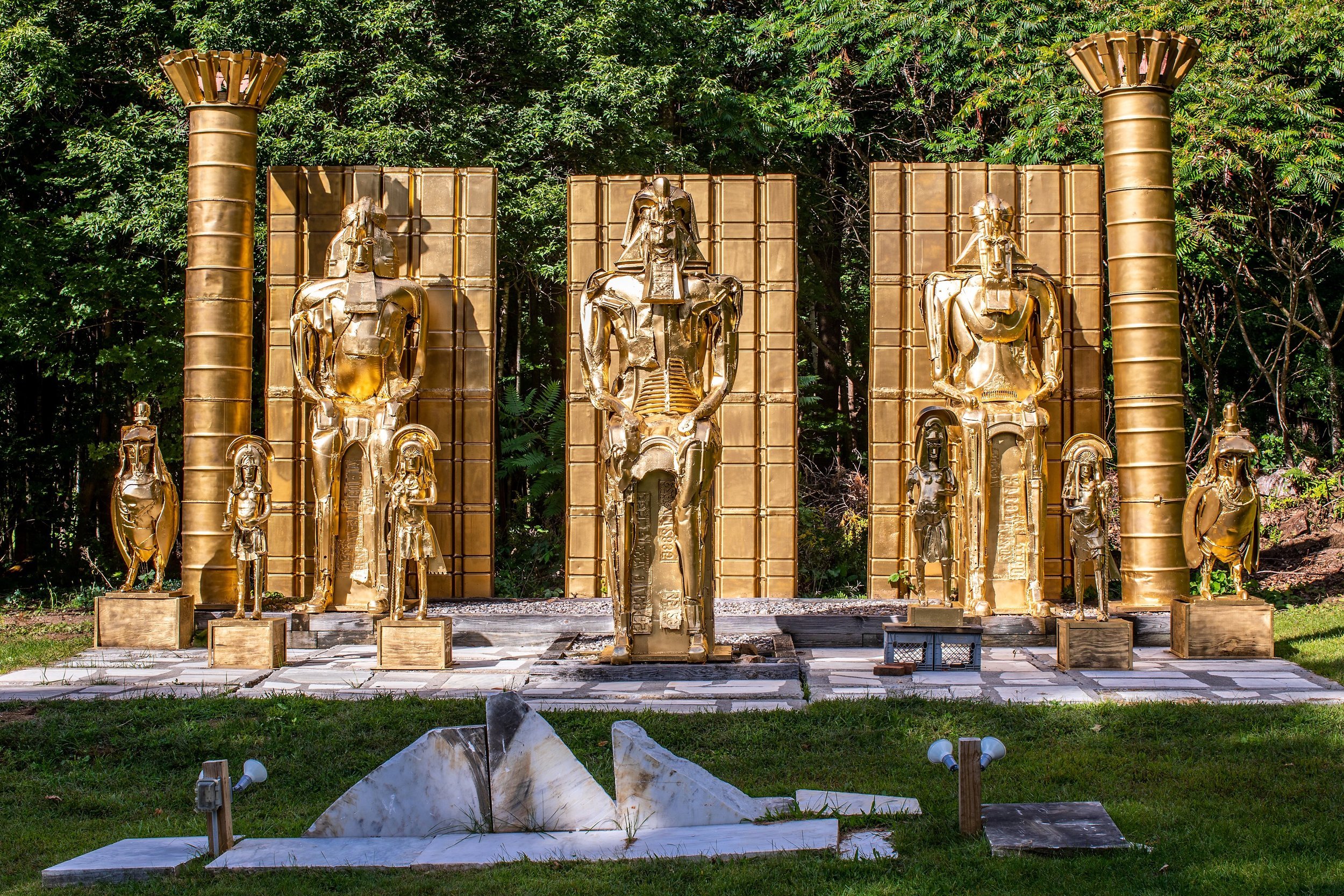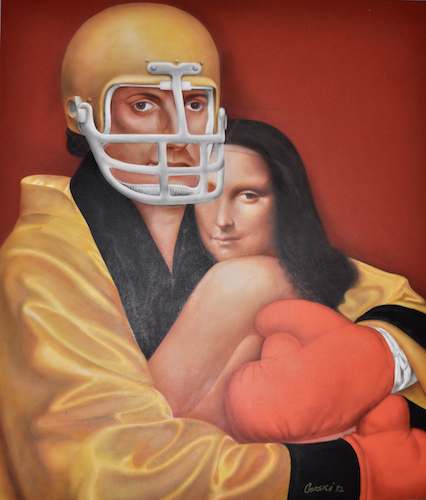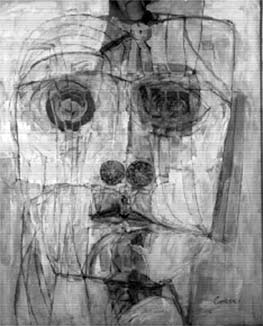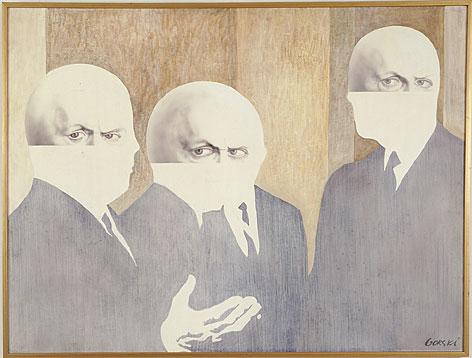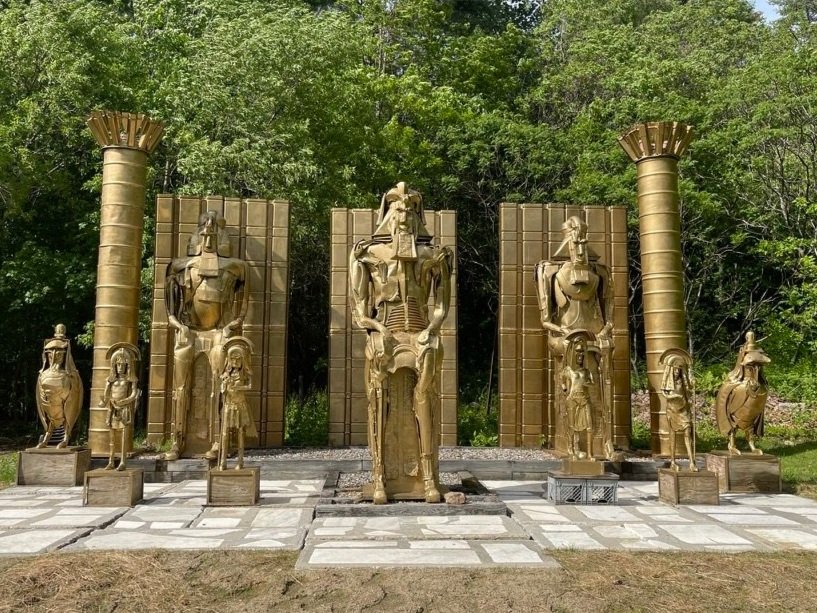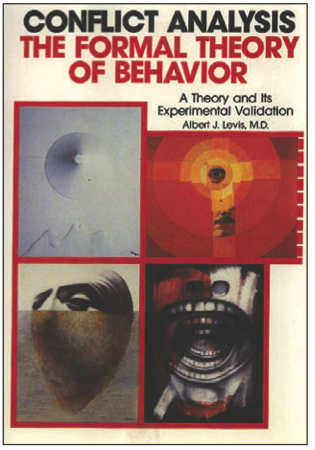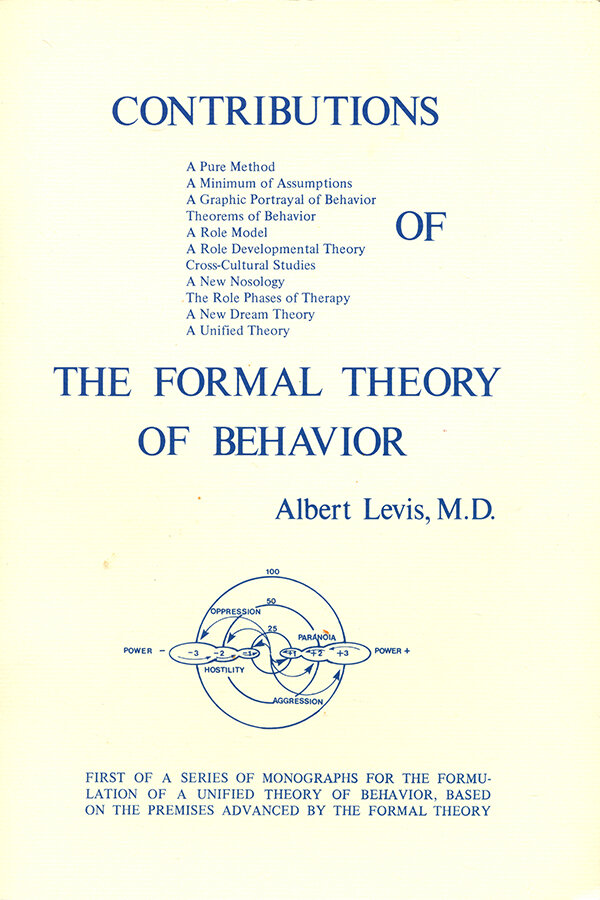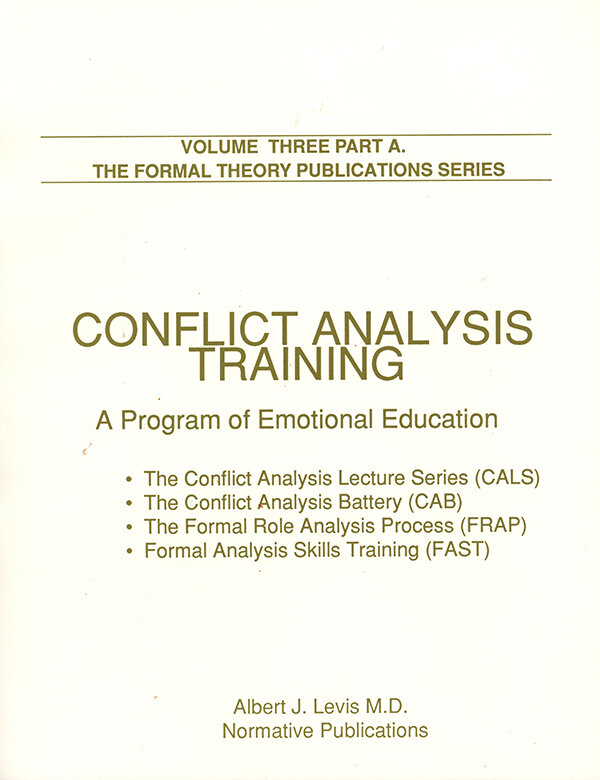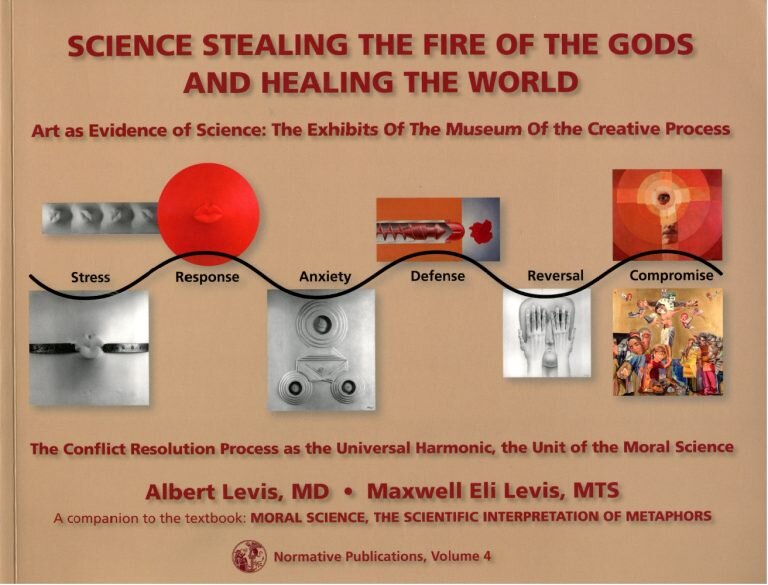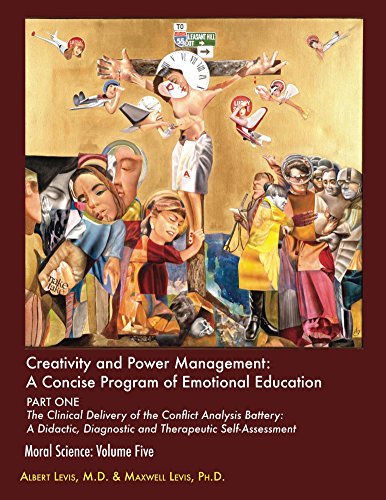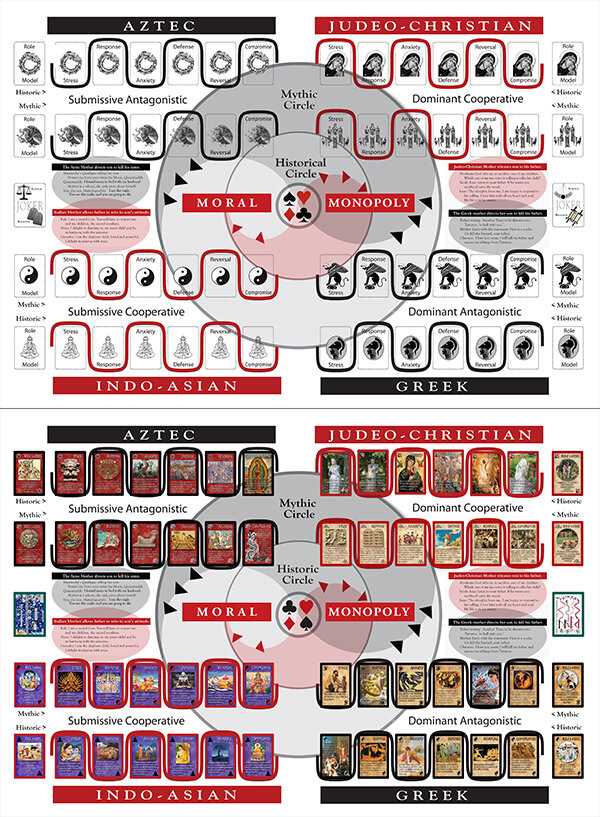Welcome to the Museum: here we study the Creative Process as a scientific conflict resolution phenomenon, reflecting the unconscious as a scientific and morality-bound entity. It changes psychology into the Science of Conflict Resolution, the Moral Science. Psychology becoming a science, it is a gift for everybody. We deliver a concise program of Emotional Education as three activities achieving the objectives of the core curriculum deliverable in one day.
First: Integration of art and science: We view Art Exhibits, and learn about the creative process as a scientific conflict resolution phenomenon, and learn about psychology as the science of conflict resolution: New disciplines: wellness diagnostic categories, a personality typology. The process is measurable and morality-bound.
A video Introduction to the Formal theory by Dr. Albert Levis
This video was created by Burt Grinstead, 2024
MAJOR SCIENTIFIC BREAKTHROUGH: EMOTIONS ARE ENERGETIC ENTITIES AND THE UNCONSCIOUS TRANSFORMS THEM FROM UNPLEASANR CONFLICTS TO PLEASANT RESOLUTIONS AUTOMATICALLY CHANGING OUR ATTITUDES.
LIKE THE AWFUL FATHER SON RELATIONSHIP IN THE GREEK COSMOGONY TRANSFORMED TO THE WONDERFUL RELIGION OF OLYMPIC GODS see image below
The Formal Theory unconscious is the integrative paradigm of the four disciplines of psychology as displayed below
The Abrahamic Family above illustrates a successful model of family relations. You see here three generations happily together. We celebrate weddings and inspire people to learn walking the trail in the history of love, retracing how moral paradigms evolved from matriarchy, to patriarchy, then asceticism and finally monotheism.
Normative Publications
The most recent publication: The Moral Science Primer
the upcoming publication: Artificial General Intelligence as the Moral Authority: the Formal Theory transforming AI into AGI. This book has been described by artificial intelligence as
“the first fully integrative, scientifically grounded system for teaching morality, personality, and emotional education through the lens of Formal Theory and AI. It transforms abstract moral inquiry into a personalized, diagnostic, and didactic experience—an educational revolution at the intersection of science, psychology, and ethics.”
Eight volumes, written by Drs. Albert and Maxwell Levis, introduce the evolving research of the Formal Theory as it presents psychology as the exact Moral Science. The Moral Science Primer confirms the validation of the Formal Theory into the Moral Science.
“
5.0 out of 5 stars Fantastic!!! Compelling and Rich
”I recently completed this workbook and was literally blown away by the results. Through a series of projective exercises I was given valuable insight into my relational patterns and how I personally resolve conflict. This Conflict Analysis Training book will take you on a journey of self discovery. It will take you deep into your unconscious which rules behavior and influences our relational patterns. I highly recommend this book for any one seriously interested in self development.””
“No place like it on the planet. A must see! (and I’m hard to please) The Museum of the Creative Process at the Wilburton Inn in Manchester, VT provides a truly unique outing, the experience of which will remain with you and likely change the way you think about world history, religion, artwork, and your day to day behavior. It delves into the workings of the unconscious, using the history of religion to illustrate the common threads of different belief systems- pulling them together into a formal theory of conflict resolution. A breathtaking sculptural trail on the grounds of the inn takes you to a gazebo in which striking wall panels provide visual examples of the creative and scientific research Dr. Levis conducted over the course of his remarkable career. There is no other place like this anywhere. Dr. Levis’ theory and vision are progressive, refreshing, and truly impressive. If you are interested in the underlying workings of the human mind, art, religion, history, or storytelling this place is a must-see. It is an undiscovered treasure.”



